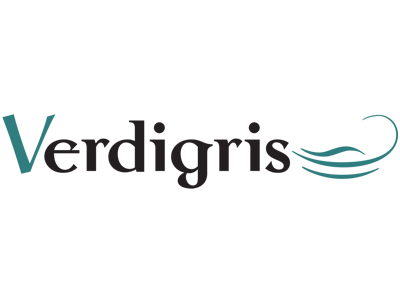First China and now Europe are taking big steps to clean up the environment. Their initiatives could create opportunities in the graphics industry, or be another nail in the sector’s coffin. Opportunities are there if brand owners and packaging printers get involved and take the lead in the recycling debate. Banning materials because they are hard to recycle should be a prompt to supply chains to be more innovative in the materials they use and in their recycling. A public awareness campaign as to which plastics can be recycled and how, would be a good start.
Plastics are part of a larger conversation. China has banned imports of foreign recyclable material as part of its initiative to stop “yang laji” or “foreign trash” coming into China. The ban applies to 24 categories of waste and includes textiles as well as plastics and mixed paper.
In 2017, 7.3m metric tonnes of waste plastics was shipped to China for use in manufacturing from developed economies including the UK, the EU, the US and Japan. China is the world’s largest manufacturer and it imported more waste for recycling than any other country. China is instead working on its own recycling procedures. The rest of the world can no longer sell recyclates to China and will need to develop new recycling business models. According to China’s Ministry of Environmental Protection ,”we found that large amounts of dirty wastes or even hazardous wastes are mixed in the solid waste that can be used as raw materials. This polluted the environment seriously.”
And the European Union (EU) which has until lately sent 87% of the plastic it collects for recycling to China, is also taking positive steps. The EU wants all plastic in its community to be recyclable or reusable by 2030. Currently only 30% of the 25 million tonnes generated is collected for recycling or incineration. The EU strategy is considering taxes, modernising plastics production and investment of €350 million into research that also covers new approaches to collection. This should be an opportunity for the packaging industry and the companies supplying it to come up with clever ideas for solving quality control and process management problems and to offer technological innovation.
Taxation requires impact assessments and lengthy discussions about how and who to tax, so nothing will happen overnight. Taxation is essentially a license to avoid good practise, which has been part of the problem all along. But by EU standards 2030 is not so very far away. For Frans Timmermans the EU’s vice president, the immediate target is single-use plastics and changing peoples’ behaviour. He points out that “single-use plastics that take five seconds to produce, you use it for five minutes and it takes 500 years to break down again”.
Stuff that takes ages to biodegrade or simply doesn’t biodegrade includes plastic straws, cutlery including stirrers, lids, cups, and various other types of containers and packaging. By 2030 the EU wants 55% of all plastic to be recycled. This will impact graphics technologies such as digital presses and finishing system, which will have to be able to process new materials. Printing companies will have to invest in new technologies if they want to keep brand customers on side. Now is the time to act.
– Laurel Brunner
This article was produced by the Verdigris Project, an industry initiative intended to raise awareness of print’s positive environmental impact. This weekly commentary helps printing companies keep up to date with environmental standards, and how environmentally friendly business management can help improve their bottom lines. Verdigris is supported by the following companies: Agfa Graphics, EFI, Fespa, HP, Kodak, Kornit, Ricoh, Spindrift, Splash PR, Unity Publishing and Xeikon.





